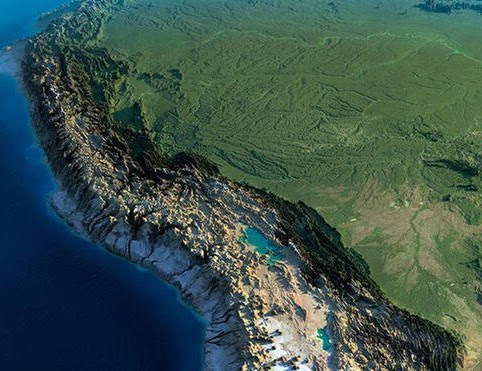" The object of study of geophysics is to cover all phenomena related to the structure , physical conditions and evolutionary history of the Earth " - Wikipedia
Today we all know or have seen how the eruption of a volcano , also, the material ejected to the surface and the atmosphere. But we know what happens before a volcanic eruption or the mechanisms behind a pre - volcanic eruption occurs ? You know what some people call the volcanic vibrations or in other words the volcanic tremors ?
Our team will teach in an explicit way the concepts and mechanisms that help us to recognize the pre - eruptive stage to determine whether a volcano is close to a possible volcanic eruption.
To begin we must keep in mind that each volcano has a different behavior as there are several types of volcano and different types of volcanic eruptions.
To study the behavior of a volcano which we understand will erupt in a given future , we will need equipment to help us monitor the seismic activity of the volcano itself. These measuring instruments are seismometers , or possibly fixed or portable telemetry equipment, which will be located at strategic locations around the volcano in study areas. What you will study the volcanic earthquakes were recorded in our seismograms. But what types of earthquakes are those who study in the seismograms ? Compared to tectonic earthquakes , volcanic earthquakes are not perceptible by humans , so they are indeed those who study earthquakes .
In this post we will study the volcanic tremors or vibrations are called volcanic Sites . Understand that volcanic earthquakes are caused by movement of fluids in the volcanic system . (1) That is, by the movement of magma inside the volcano.
These tremors may occur by magma hits the walls of the magma chamber or the outlet , explosions of gas pockets or blows of solid blocks uprooted and dragged on the rise against the walls of the volcanic vent produce a type of vibration characteristics , which when detected by seismometers can be used to announce the release of magma on the outside. (2)
Now , volcanic tremors are characterized by the arrival of waveforms persistent or sustained over time (1) on the seismogram . Figure A of this post can see the Seismogram Galeras Volcano in Colombia , there a colored volcanic tremor recorded in green for identification.
Now , if the signal maintains a constant frequency , we are in presence of a harmonic tremor . (1)
If you liked this post do not forget to write your comments on our blog or at least send an email to marvar26@gmail.com
Bibliographic Reference
(1) https://www.uclm.es/profesorado/egcardenas/tremor.htm
(2) http://es.m.wikipedia.org/wiki/Tremor_ ( vulcanolog % C3 % ADa )










































